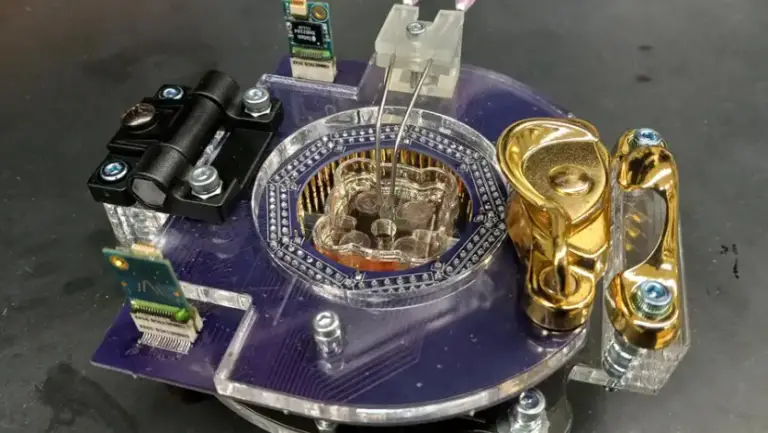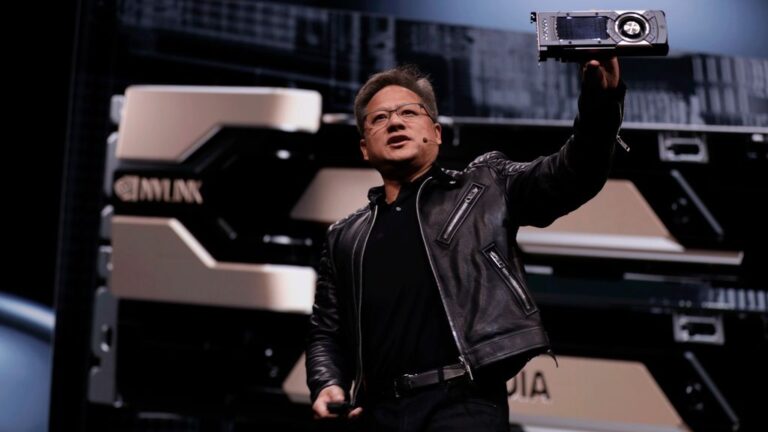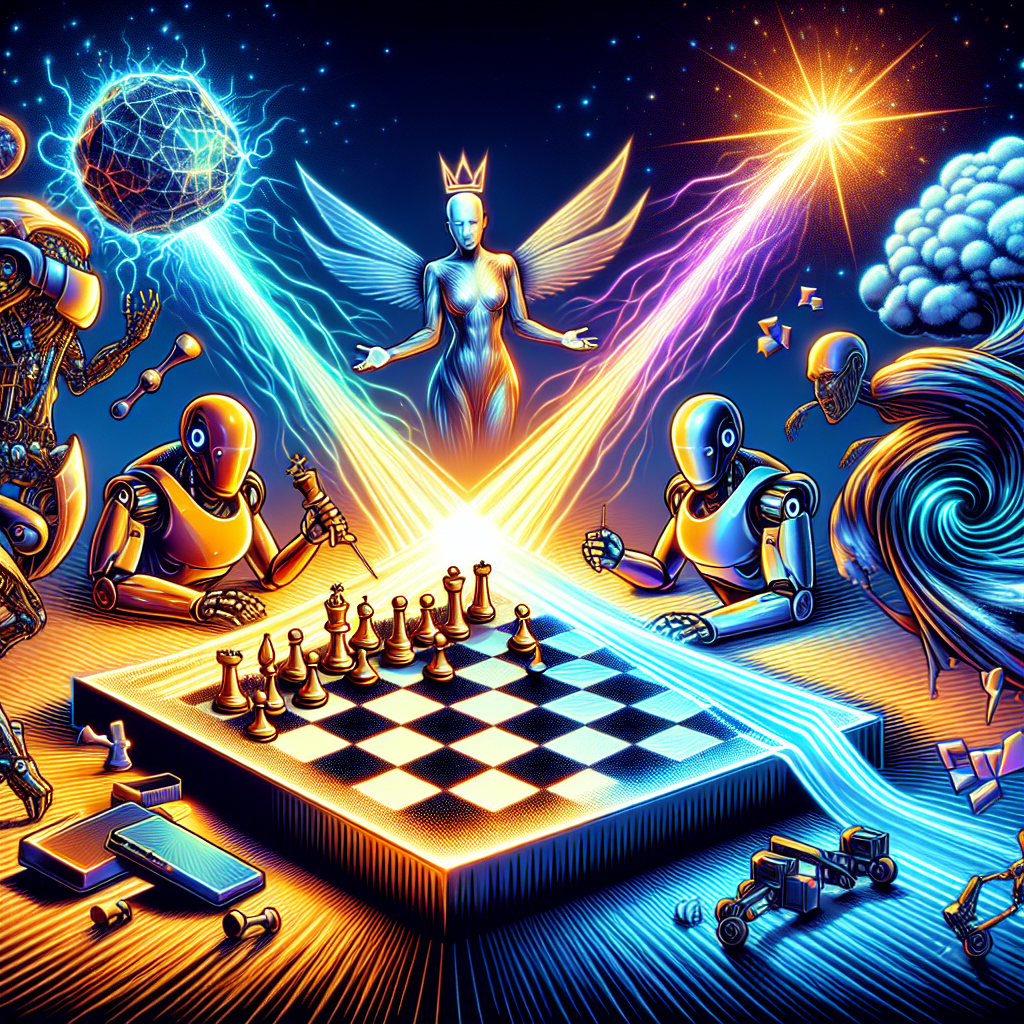Introduction to PC Hardware and Software Developments in 2023
The landscape of PC hardware and software has seen a dynamic shift in 2023, with a plethora of developments that have captivated the tech community. From groundbreaking innovations to quirky gadgets, the year has been a rollercoaster of technological advancements. The stories that resonated most with our audience reflect a diverse range of interests, from the futuristic to the practical, and everything in between. Here’s a look at the most talked-about hardware stories that defined the early part of the year.
News from January to March
The first quarter of 2023 brought with it some fascinating hardware stories that captured the imagination of tech enthusiasts worldwide. A standout development was the creation of a ‘living computer’ using 80,000 mouse brain cells, a step that seems straight out of a cyberpunk narrative and hints at the potential for organic computing in the future. In a more down-to-earth yet equally intriguing tale, an IT worker managed to fully automate their $90K job, showcasing the power and potential of scripting and automation in the workplace. Additionally, a D&D Lego set doubling as a fully playable gaming map piqued the interest of both gaming and Lego fans, merging creativity with functionality.
- Scientists create a ‘living computer’ with mouse brain cells
- IT worker automates $90K job, goes unnoticed by management
- D&D Lego set released as a fully playable gaming map
- Ultra-enthusiast hardware’s impact on PC gaming
- Young workers’ unfamiliarity with legacy office technology
- Introduction of a gamer muzzle
- RTX 4090s’ mysterious affordability
- Speculation on the future of GPU prices
- Reevaluation of perspective in first-person shooters

Image credit: University of Illinois
News from April to June
The second quarter of 2023 continued to deliver compelling hardware stories that sparked discussions and debates within the tech community. A particularly controversial topic was Iran’s claim of developing a ‘quantum processor’, which later turned out to be a mere $600 development board. This revelation stirred conversations about the authenticity of technological claims and the importance of fact-checking in the tech industry. Additionally, the bizarre assertion that bitcoin mining has zero carbon emissions, demonstrated by waving a CO2 sensor around a PC, left many both amused and skeptical about the environmental impact of cryptocurrency mining.
- Iran’s ‘quantum processor’ revealed as a standard dev board
- Debunking the claim of bitcoin mining’s zero carbon emissions
- Common mistakes in PC building
- Starfield’s partnership with AMD and community reactions
- Advocating for CRT monitors in modern PC gaming setups
- Considerations when upgrading to an ultrawide gaming monitor
- The shortcomings of M.2 SSDs
- Discovering the true meaning of ‘modem’
- Chromatic aberration as a contentious game design choice
| Story | Key Point |
|---|---|
| Iran’s ‘Quantum Processor’ | Exposed as a conventional ARM Cortex-A9 chip |
| Bitcoin Mining Emissions | Claim of zero emissions debunked |
| PC Building Sins | Insights into common PC assembly errors |
| Starfield and AMD | Exclusive partnership leads to mixed reactions |
| CRT Monitors | Benefits for PC gaming revisited |

Image credit: Tasnim news – CC
News from July to September
The mid-year period of 2023 saw significant advancements in memory technology and graphics rendering, with stories that not only intrigued the tech-savvy but also promised exciting possibilities for the future of PC gaming. One of the most notable developments was the introduction of Nvidia’s latest ray tracing technology in Cyberpunk 2077, which offered a substantial performance boost while enhancing visual fidelity. This period also shone a light on ULTRARAM, a new memory technology that could potentially allow PCs to hibernate for over a millennium, and Microsoft’s light-based computer, signaling a potential shift away from traditional silicon-based processors.
- Nvidia’s ray tracing enhancements in Cyberpunk 2077
- ULTRARAM’s potential to revolutionize memory technology
- Microsoft’s light-based computer and the future of Moore’s Law
- Nvidia’s powerful single-slot GPU for workstations
- Windows 11 HDR gaming shortcut revelation
- Starfield mod enabling DLSS Frame Generation
- Anticipation for the 4K 32-inch OLED gaming monitor
- Revelation of Wi-Fi’s true meaning
- 1980s PCs discovered in a barn, now sold for gaming nostalgia

Image credit: CDPR
Significant Hardware Stories from October to December
As 2023 drew to a close, the final quarter was not short on significant hardware stories that had a lasting impact on the tech world. The US government took a firm stance on Nvidia’s chip modifications, warning against redesigns that could enable high-end AI capabilities in China. This geopolitical tech tussle underscored the growing importance of semiconductor technology on the global stage. Additionally, the tech community buzzed with the release of a compact version of Windows 11, known as Tiny11, which drastically reduced the operating system’s footprint to a mere 3.3GB install size, challenging the norms of software bloat and efficiency.
- US government’s warning to Nvidia regarding chip modifications for China
- Release of Tiny11, a compact version of Windows 11
- Windows’ issues with removable drives
- SteamOS’s expansion to other handheld devices
- Rockstar’s decision to delay the PC version of GTA 6
- Samsung’s Ark gaming monitor refresh
- Apple’s memory claims for Macs debunked
- SSD prices and the future of storage costs
- Alienware’s 16-foot mechanical keyboard and mouse

Image credit: Nvidia

